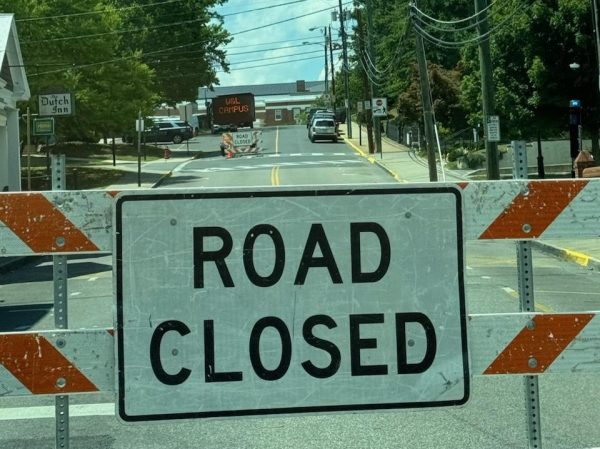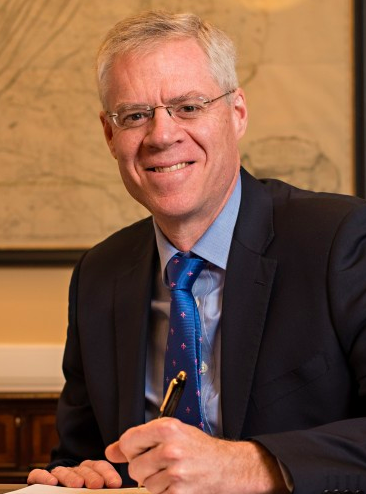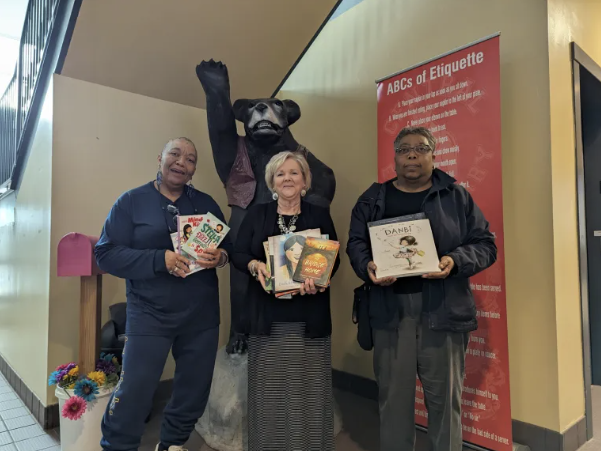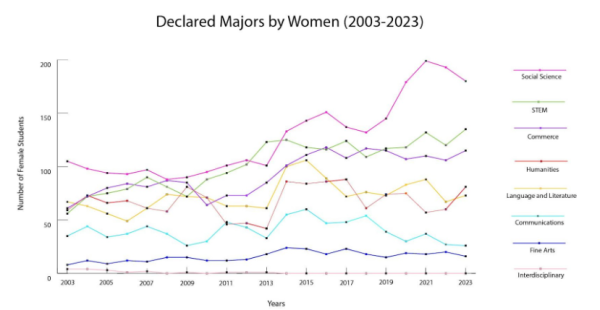Proposed Culture and Diversity FDR to be re-examined
November 7, 2016
by Caroline Leak
Washington and Lee faculty are about to re-evaluate the Foundation and Distribution Requirements (FDRs) from the ground up. Elena Diller, ‘17, and Caroline Todd, ‘17, petitioned to the faculty last year to add a culture and diversity requirement.
The current structure of FDRs consists of two categories. Foundational requirements entail demonstrating proficiency in writing, a foreign language, math or computer science and physical education.
The second category, the distributional requirements, ensures that W&L students graduate having taken classes in both the arts and humanities and the sciences and social sciences.
Todd said the end goal of the FDRs is hard to define. But President Ruscio articulated it perfectly in last spring’s Commencement Address, she said.
“I would be surprised and extremely disappointed if you leave here not having changed your mind about some important matter at some point along the way,” Ruscio said during the address. “It wouldn’t bode well for your future.”
“To me, that [quote] speaks so much to what college is supposed to do,” Todd said. “It’s supposed to challenge us, make us think outside our normative parameters of exposure.”
The Phi took a poll last semester. As of Feb. 10, out of 384 students who voted, 158 were open to con-sidering this new FDR and said they believe they would benefit from the requirement. 219 students agreed with the statement, “No, I do not believe I would benefit from this requirement.” Seven students said they were undecided.
Dean of the College Suzanne Keen said the two petitioners could not have had better timing.
“This is a very good moment to be proposing such a thing because we’re just about to launch into this process of rethinking the whole Foundation and Distribution Requirements,” Keen said.
The faculty does this on a decennial basis to ensure that W&L students graduate ready to face the real world.
“All the other deans are just astonished,” Keen said.
Keen meets with deans of colleges across the country and she said they cannot believe that students are the ones who created this proposal.
But Keen said the students’ proposal doesn’t adhere to the university’s definition of an FDR which is:
“No single course may satisfy more than one Foundation and Distribution Requirement.”
The premise of the original proposal was to ensure that the new requirement would not add to current FDRs and create potential scheduling constraints for students.
According to Keen, FDRs also have to have a measurable benefit for students, referred to as Student Learning Outcomes (SLO).
“I know one thing for sure about every single Washington and Lee graduate,” Keen said. “I know that every single one of them knows how to swim.”
Once Todd and Diller create a new proposal with concrete SLOs, the faculty can act on it.
But this poses a challenge to Diller and Todd, who are working with faculty to create a concrete cause-and-effect model for the proposed culture and diversity requirement.
“It can’t just be aspirational,” Keen said. “It can’t just be, ‘This course is going to make people be better people in the world,’ or ‘Everyone will be more sensitive.’”
“We need to use wording universal enough to address several subject areas, yet specific enough to ar-ticulate what we want students to be doing,” Todd said.
Todd said both her and Diller have worked to avoid “pigeonholing” groups of people while also making their goals clear.
“For me there has been several events,” Diller said, “in which a peer has said something insensitive or potentially harmful towards a marginalized group. Many times these comments are made out of ignorance, rather than maliciousness.”
This FDR is meant to expose students to perspectives outside of their own so they can draw their own conclusions, Todd said.
“It is a class, after all,” Todd said. “You just might learn something.”












